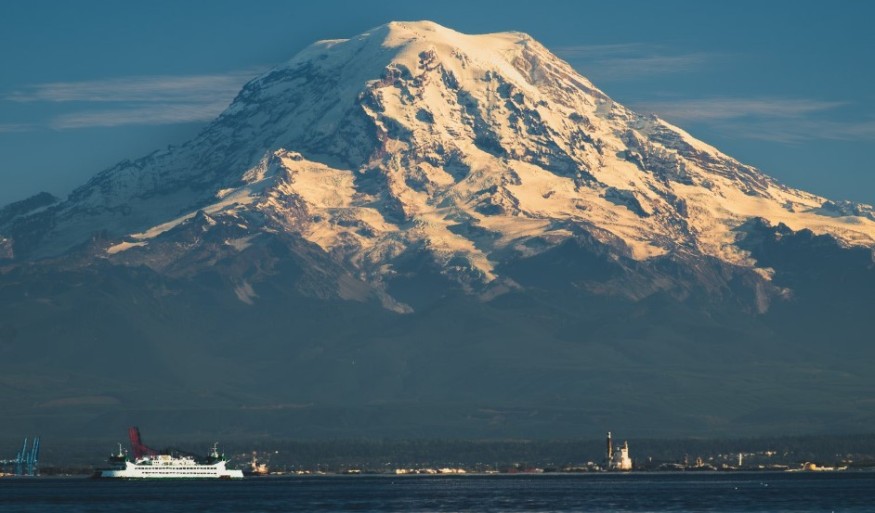
Mount Rainier, a majestic peak located less than 70 miles from Seattle, has long stood as an iconic feature of the Pacific Northwest.
However, its beauty comes with significant risks, as it is one of the most closely monitored volcanoes in the United States. Scientists from the US Geological Survey (USGS) keep a constant watch over its activity, ensuring early detection of any signs of eruption.
Mount Rainier Poses No Immediate Threat, But Scientists Remain Vigilant
Currently, Mount Rainier remains in a state of background activity, posing no immediate threat. Research geophysicist Alex Iezzi from the USGS Cascades Volcano Observatory explains that advanced monitoring systems, including infrasound and seismic sensors, track magma movement beneath the surface.
According to KimaTV, gas sensors detect changes in volcanic emissions, while GPS devices measure ground deformation. These tools would likely provide months of warning before any major eruption.
Despite this reassurance, Mount Rainier ranks third on the USGS's list of the most dangerous volcanoes in the United States.
This ranking is based on its history of large eruptions and its proximity to densely populated areas. An eruption could pose serious risks to communities in the foothills, such as Puyallup and Orting, where residents are at greater risk of experiencing lahars — destructive volcanic mudflows.
Mount Rainier's Glacier Hazards: How Lahars Pose a Threat to Communities
Unlike the explosive eruption of Mount St. Helens in 1980, Mount Rainier's hazards stem from its extensive glacier cover.
These glaciers can melt during an eruption, generating massive lahars that flow downstream and devastate everything in their path.
Past lahars from Mount St. Helens reached up to 60 miles, destroying homes and infrastructure. Recognizing this risk, communities near Mount Rainier hold regular evacuation drills, with tens of thousands of participants preparing for potential emergencies.
Mount Rainier's volcanic activity is not an isolated concern in the Cascade Range. Other nearby volcanoes, such as Mount Adams and Mount St. Helens are also under surveillance.
Recently, Mount Adams experienced a series of minor earthquakes, drawing attention from scientists, Washington Post reported.
While the activity is unusual, USGS experts emphasize that there are no immediate signs of an eruption. Additional seismic stations have been installed to better monitor the area.
For Mount Rainier, the monitoring efforts are part of a broader strategy to protect the millions of people living in the Seattle metropolitan area.
© 2025 NatureWorldNews.com All rights reserved. Do not reproduce without permission.





